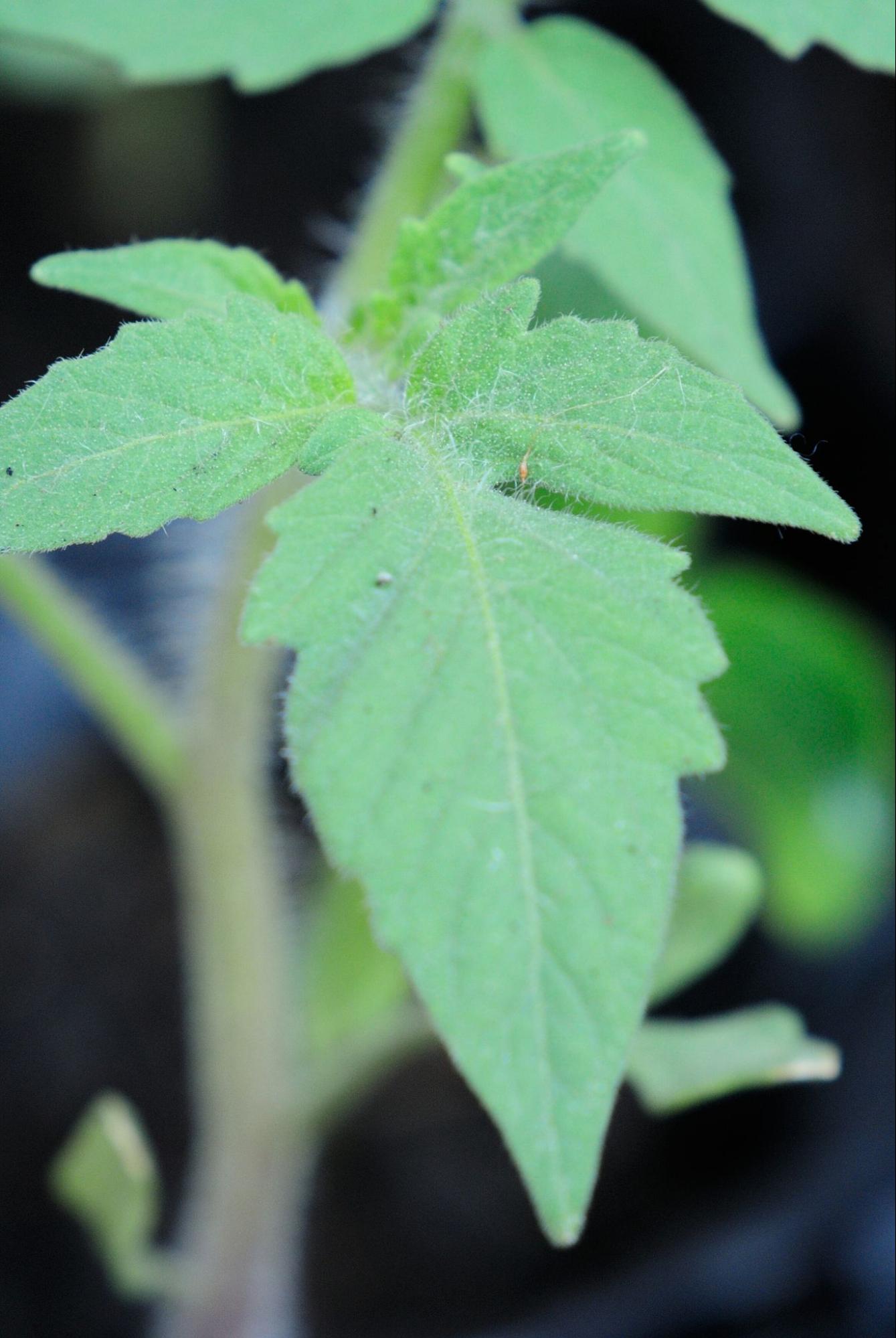
Cherry tomato leaves serve as a visual indicator of plant condition. Their color, ranging from vibrant green to yellow, red, purple, or brown, can signal optimal growth, environmental stress, nutritional imbalance, or disease. By recognizing and interpreting these color changes, it's possible to maintain plant health and optimize fruit production.
Healthy cherry tomato plants usually have lush, green leaves. The shade of green can vary depending on the variety, leaf age, and growing conditions. A rich, dark green color indicates efficient photosynthesis and good nutrient uptake, especially nitrogen, which supports vegetative growth.
Younger leaves may appear lighter due to lower chlorophyll content during early development. Leaf turgor (firmness) is also an important sign of proper watering and root function. In well-maintained plants, these green leaves form a dense canopy that aids fruit ripening by regulating light and temperature.
Yellowing leaves indicate compromised plant health. The most common causes include:
To address yellowing, observe how it progresses - whether it begins at the edges, between veins, or at the base of the leaf. Corrective steps may involve adjusting watering schedules, improving soil aeration, applying balanced fertilizers, or testing soil pH.
Red, purple, or bluish hues on leaves often indicate environmental stress or physiological issues. Common causes include:
In some tomato varieties, particularly heirloom types or those rich in anthocyanins, mild purple coloring may appear without indicating poor health. However, if discoloration is accompanied by stunted growth or leaf curling, additional nutrients (especially phosphorus and potassium) should be considered.
Brown patches, dried edges, or entirely brown leaves suggest more severe stress or advanced issues. Potential causes include:
Preventive measures include using mulch to retain soil moisture, moderating fertilizer use, and applying organic fungicides or copper-based sprays when disease is suspected. Removing heavily affected leaves helps reduce pathogen spread and improves airflow.
White or grayish spots may be caused by:
Speckling may point to several issues, including:
Timely recognition of color changes in cherry tomato leaves is essential for maintaining plant health and achieving optimal yields. Each hue carries a specific message about the plant’s condition and needs. Regular monitoring allows for early detection of nutrient imbalances, disease presence, or environmental stress, providing time for targeted and effective intervention. Whether grown in a home garden or on a larger scale, close attention to leaf color directly impacts fruit quality and overall productivity.